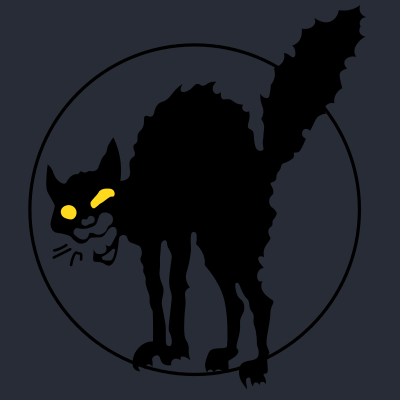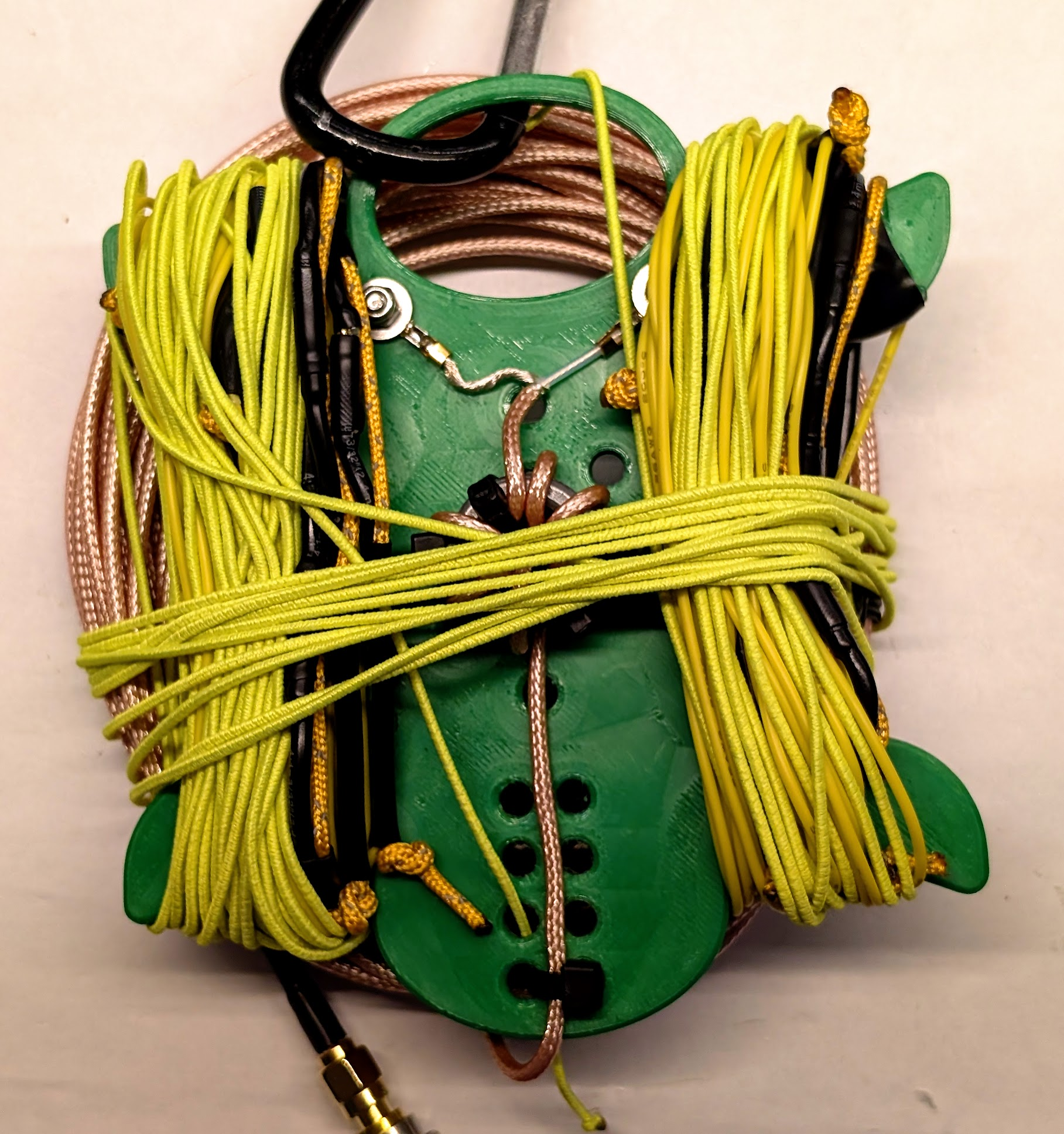Squeaking in at the end of @hamchallenge week #HC29S — I played #POTA today, hunting CW park-to-park, to test my new QRP linked dipole, entirely of my own design.
-
Squeaking in at the end of @hamchallenge week #HC29S — I played #POTA today, hunting CW park-to-park, to test my new QRP linked dipole, entirely of my own design. Used a 10oz throw weight to put a slippery UHMWPE line over a branch and pull the dipole up. I like using UHMWPE throw line because it is very gentle to the tree. Then I pulled the arms out to form an inverted V.
Took a bit over 2 hours, including faffing about with the new antenna. My first contact was with N2VGA in US-3617 in FL on 15m with 5w, which was extra impressive because I had one leg of my linked dipole on 15m and the other on 17m due to disconnecting the wrong link while setting it up. The KX3 tried to give me a hint because it took it about 2–3 seconds to find a match on 15m. When I chose the right links, it was even better. I worked 15m, 20m, and 40m. I couldn't hear anyone running POTA on other bands. I used 5–15W as needed, but tried to do as much as I could at 5W.
I didn't realize that I was doing this during a Support Your Parks Event, so I was surprise to see that I got "Support Your Parks Activator" and "Support Your Parks Hunter" awards at https://pota.app after I uploaded my logs.
I have some additional changes to make to the winder before I publish the design, but I do plan to publish it, along with details of how I made the antenna, once I'm satisfied.
As a bonus, as I started putting the antenna away, I heard a passer-by ask, "Is that a ham radio?" Turns out she was a new ham, three months licensed, who hadn't really used the license yet. So I got the opportunity to encourage another new ham to join a club and start learning.

-
 G gustavinobevilacqua@mastodon.cisti.org shared this topic
G gustavinobevilacqua@mastodon.cisti.org shared this topic
-
@hamchallenge Apparently this was also an ahead-of-schedule #HamChallenge #HC33S
I built a six-band linked dipole with links for 10m, 12m, 15m, 17m, 20m, 30m, and 40m meant for inverted-V deployment, to be an efficient, mostly isotropic radiator with high Q on one band (at a time). I want to be able to POTA with friends, but we tend to desense each other, so I'm trying for more band isolation as one tool in the toolkit.
My toolkit for isolating now includes:
- Roofing filters in the KX3 (but not in the IC-7300, sadly)
- A 100' coax extension to move at least one antenna to keep them out of each others' near fields
- External QRP bandpass filters for the KX3 (but haven't built 100W capable bandpass filters for the IC-7300 yet)
- Polarization separation via loaded JPC-12 and JPC-7 antennas (with relatively low Q)
- Higher Q in this linked dipole
- A dual-tapped QRP 9:1/49:1 unun to let me move either an EFHW or EFRW away from my KX3
- A 49:1 unun to let me move an EFHW away from my IC-7300
Because I expect to operate QRP mostly on CW, I tuned the links for the low ends of the bands. I started by tuning 10m, then added one set of slightly-too-long links at a time, hoisting it on a mast to measure with a NanoVNA, and trimmed the ends evenly to move resonance up only as far as I wanted.
I used 2mm bullet/banana connectors to connect the links, and lightweight static line for the links, so that they would be flexible and be able to wrap up on a winder.
I chose the size of the winder to be able to hold a 40m dipole with thin wire, and to be able to hold FT82, FT140, or FT240 toroids for common-mode so that it can be realized for any desired power level from QRP, to barefoot 100W, and beyond.
I chose RG316 for the balun/choke because of its PTFE dielectric that can take a tight radius bend, and used that for the entire feed from the radio.
I designed the winder to be small. My next linked dipole will use Vectran-core DX-WIRE UL, and I'll modify the design slightly.
-
To solve the "oops I had the wrong links connected" problem, I used 8.8mm 2:1 label printer heat shrink to label the connectors on both legs.

